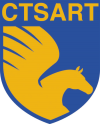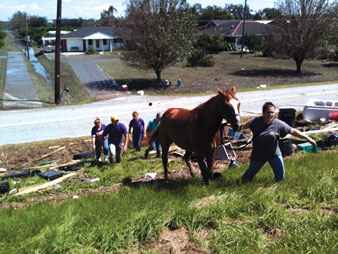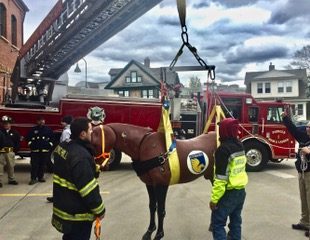
A Program of the Connecticut Veterinary Medical Foundation
Connecticut has more horses per capita than any other state. Our statewide herd is estimated to exceed 60,000 animals. Keeping horses safe in a disaster is an important consideration for the horse owner. As with farm animals, however, it is primarily the responsibility of the horse owner to safeguard their horses. The Federal PETS Act, as well as Connecticut Public Act 07-11, both deal with household pets but not with horses. Nevertheless, the CTSART program, in partnership with equine interest organizations strives to be a resource for, and partner with, those concerned about the safety of horses in disaster circumstances.


CTSART partners with equine interest organizations on the state and local levels to help inform, educate and involve horse owners about disaster preparedness considerations. All equine owners are encouraged to undertake personal disaster preparation. Such measures may include having a functional horse trailer available, ensuring that all your horses are habituated to loading into a trailer and having all your horses permanently identified with a microchip, tattoo or brand. Networking with fellow horse and horse barn owners, outside our immediate area, is also advisable so that alternate, temporary shelter locations may be strategized.

The Connecticut Veterinary Medical Foundation’s CTSART program operates an Equine Unit equipped to train horse owners and first responders in equine behavior, handling and safety during disaster conditions and in equine preparedness planning and response techniques. This initiative is lead by Dr. Peter Conserva. Learn more about our Equine Unit and Equine Response Training at our Equine Unit page.
Copyright © Connecticut Animal Response Team, a Program of the Connecticut Veterinary Medical Foundation, All rights reserved.
Terms of Use | Contact Us
Developed by CVMF
Hosted by Ipower.com